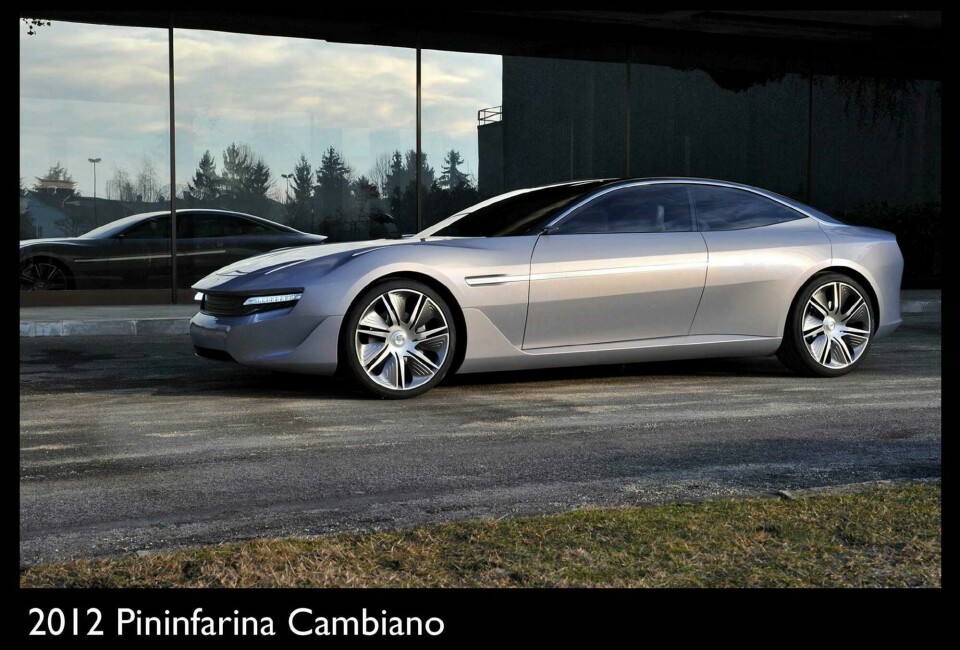
‘The design is in the detail’ by Peter Stevens
Car designer Peter Stevens takes a closer look at how well-resolved design details can make all the difference
Industrial designer Charles Eames is often quoted and misquoted in his observations about design. What he said is that “The details are not the details, they are what makes the design”. This is very true when it comes to vehicle design. 3D printing and the use of CAD has allowed designers to concentrate much more on the details than in the past, sometimes producing good results and sometimes not.
The Aston Martin Vulcan was one of those projects that I was inclined to dismiss when I first saw it in ‘mock-up’ form at the 2015 Geneva Motor Show. ‘Track-day only’ cars have always struck me as remarkably pointless exercises; giving oneself all the limitations of roadcar regulations for a car that cannot be driven on the road, whilst making something that is not eligible for any race series either, is surely a waste of energy.

The Vulcan was presented in an awful colour scheme and peppered with conflicting design elements. But, having now seen the first satin gunmetal prototype I am inclined to look again, and the one detail that now looks exceptionally good is the air outlet just behind the front wheel opening. Colour and fine detail make all the difference.

It is hard to believe that the basic design of the Porsche 911, which is now more than 50 years old, can be improved on; but the latest 911 GT3 RS is a great looking car principally because of its detailing. The air outlets above the front wheels are a lesson in how to perfect a simple duct in a manner that enhances the look of the car without looking like superfluous decoration. The same goes for the tail lights and rear wheel outlet duct.

Apart from hating the ridiculous name of the Alfa Romeo 2uettottanta Pininfarina Spider, the 2010 show car is an exercise in restrained surface development with simple but perfect detailing. The minimalist head and tail lights and the elegant air outlets in the sides of the headrests are almost the only external details but their simplicity enhances the look of the whole car.

Stepping back to 1939 and the Lincoln Zephyr V12 coupe, it is clear to see that the care put into the design of the details is as great as what was put into the overall form. This is the case with so many of the great cars of that period where the details make the design, the French design house of Figoni and Falaschi produced some of the most outrageous designs of the pre-war era with wonderful details.
Pininfarina again, there has almost always been a cultural tradition at the Turin design house of perfecting the details but also of ensuring that the car’s surface is not simply a blank canvas onto which the details are applied as nothing more than decoration. This sounds so easy to do but it takes a huge amount of work and of self-discipline from the designers.

The lighting on the 2012 Cambiano show car was very clever. LED lights were set into the back of bright metal strips that bridged soft depressions in the surface. These LEDs, when illuminated, were then reflected back from those depressions producing a very interesting effect. Ferrari has used circular tail lights on almost all of its models since they first ‘borrowed’ the round lights from the Fiat 850 Coupe back in 1969; sometimes the design an integration with the overall shape has been great and sometimes definitely not!

I have always hated the front end of the 599, whether standard or as the GTB but the simple round tail lights, set in a beautifully sculpted hole, are among the best of all Ferrari lights. Those on the Enzo were cool but on the 488 GTB the light, which is set into a nicely sculpted air exit duct has what looks like a red painted plank of wood half covering it in a very unresolved manner. And the La Ferrari is an essay in how to miss-handle the resolution of complex forms around a simple cylindrical light!


Best wheel cut in automotive history? There are not that many outstanding examples but one of the best is seen on the 1956 Chevrolet 210 or Bel Air. The way that the wheel opening is so tight to the tyre at the front of the arch but swoops away as it travels rearwards is what makes the car look like it is moving fast when standing still: brilliant!

The updated and restored Porsche 911s that come out of the Singer Porsche workshops in Los Angeles demonstrate how important stance, road presence and fine details are to a great-looking car. British designer Rob Dickenson’s work on the interior of the older Porsche donor cars complements the simplicity of the subtly modified exterior. Only two things that slightly spoil the closeness to perfection; the steering wheel is a bit too ‘stock’ looking for my liking and sometimes the rear tyres are a little oversized. But then that is the trouble when you are striving for perfection, someone comes along and says ‘I wouldn’t have done it quite like that’!





